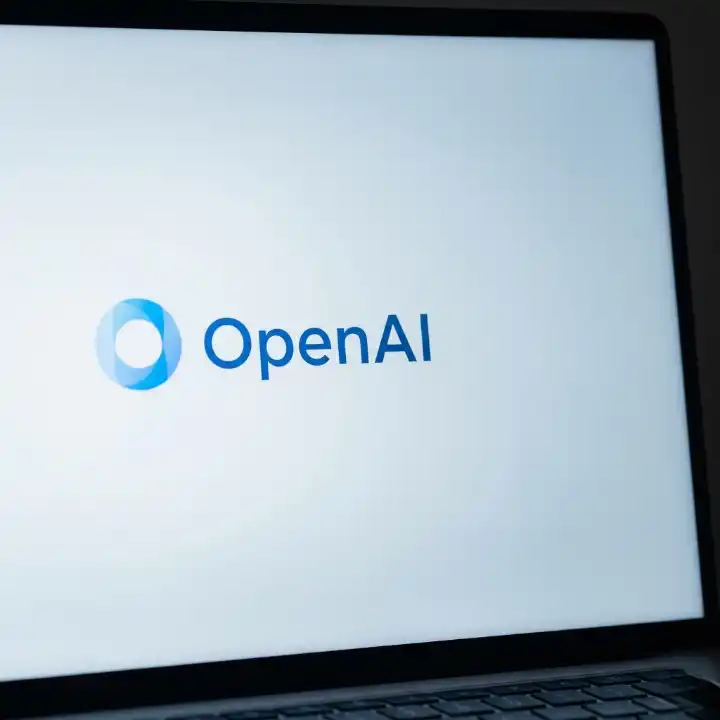Picture the scene: your product team struggles to decide which features to launch first, debates over a new UI spiral, and “A/B test it!” becomes the default answer. This is where Statsig steps in a platform built by ex-Facebook leaders to bring enterprise-grade experimentation to every company, not just tech giants. With OpenAI acquiring Statsig for $1.1 billion in September 2025 and installing its CEO, Vijaye Raji, as CTO of Applications, the stakes and storylines have never been bigger. Here’s the guide for business and finance minds on why Statsig’s playbook matters and what comes next.
Section 1: Statsig’s Story; Where Facebook Lessons Meet Business Needs
Statsig emerged from a clear gap. Vijaye Raji, with a decade at Facebook, saw how big tech built internal tools to launch features, measure their impact, and ship with surgical speed. Meanwhile, most companies shipped with gut instincts, not data.
Statsig’s founding team, all “builders who could move fast,” launched in 2021 with the intent to democratize these powerful shell-proofed tools. Early struggles taught them to focus not just on copying Facebook’s systems, but evolving them for a fragmented market.
Key Growth Landmarks
-
By late 2022, Statsig had their first enterprise clients and hit $1M in annual recurring revenue.
-
The experimentation product became their beachhead quick wins for SaaS teams, games publishers, and even financial services.
-
Through 2023 and 2024, product analytics, feature flags, and session replay tools tightened their grip, pushing ARR over $25 million by 2025, with customers like Notion, Figma, and OpenAI itself.
Section 2: Statsig Product Suite Deep Dive, Simple Value
Statsig isn’t just another A/B testing tool. Its platform bundles experimentation, analytics, feature management, and session replays integrated so teams can test, ship, and learn in one place.
Essential Features
-
Feature Flags: Safely launch new features to select customers, roll back if metrics wobble.
-
Experimentation: Built-in stats engine lets PMs and analysts split user groups and see true business impact, not just vanity stats.
-
Product Analytics: Funnels, user journeys, and impact reports slice through the noise; no more cobbling together data from different systems.
-
Session Replay: Watch user interactions, connect bugs or drop-offs to feature releases.
-
Massive Scale: Processing over a trillion events daily, Statsig handles high-concurrency SaaS and enterprise traffic without blinking.
Section 3: Lessons from Growth; Business Wins and Growing Pains
Statsig’s rise is built on relentless customer feedback and partnering closely with users often going onsite to ensure success at rollout for flagship accounts like Figma and OpenAI.
Wins
-
Fast Adoption: SaaS startups and Fortune 500 alike cite speedy onboarding, API-first integration, and robust support.
-
True Efficacy: Experiments don’t just “test for testing’s sake” teams learn what truly boosts NPS, retention, and dollars.
-
Direct Support: Customers praise Statsig for skipping “ticket hell” they get access to the engineers who actually build the platform.
Pains & Solutions
-
Early Market Reluctance: For months after launch, they couldn’t attract paying users. The turning point was leveraging ex-Facebook network champions.
-
Feature Creep: Trying to be all things to all people almost diluted the core doubling down on analytics and experimentation brought them back on track.
-
Scaling: Figma’s contract nearly broke infra; rebuilding with reliability in mind won back trust and paved the way for OpenAI’s massive usage.
Section 4: Why OpenAI Acquired Statsig; Strategic Upside
OpenAI’s $1.1 billion purchase is about much more than software. Raji’s appointment as CTO of Applications signals intent to embed experimentation DNA across every AI-powered product, remaking how OpenAI learns from user signals and optimizes releases.
Strategic Signals
-
AI-First Experimentation: Expect rapid-fire A/B testing of new GPT features, model rollouts, and user flows Statsig’s infra fits OpenAI’s growth ambitions perfectly.
-
Platform Unification: OpenAI customers (enterprise, developer, and consumer) benefit from faster rollouts with quantifiable impact and less manual risk.
-
IPO Readiness: Statsig’s scale and metrics muscle gives OpenAI ammunition to show Wall Street a disciplined, data-proven product pipeline.
-
Marketplace Disruption: Moves needle for competitors like Amplitude, LaunchDarkly, and Mixpanel market consolidation or reinvention is coming.
Section 5: Authority and Trust; Backed by Numbers and Names
Statsig’s growth and practices are verified by CB Insights, Sequoia Capital, OpenAI press, CNBC, and Bloomberg. Hundreds of enterprise customers and thousands of self-serve teams depend on Statsig every day for launch-critical decisions.
The platform’s four-nines uptime, trillion-event throughput, and consistent customer testimonials anchor its credibility.
Conclusion: Statsig’ A Case Study for Business, Product, and Finance Leaders
Statsig’s story is about moving faster, learning smarter, and scaling boldly even when odds look long.
Key takeaways: experiment early, unify your data stack, demand engineer-level support, and always iterate based on trusted metrics.
Questions about product analytics, or a lesson to share about A/B testing? Sound off in the comments or talk to a product expert.
Statsig’s acquisition by OpenAI marks an inflection point—for data-driven product teams, and for the future of enterprise software itself.





